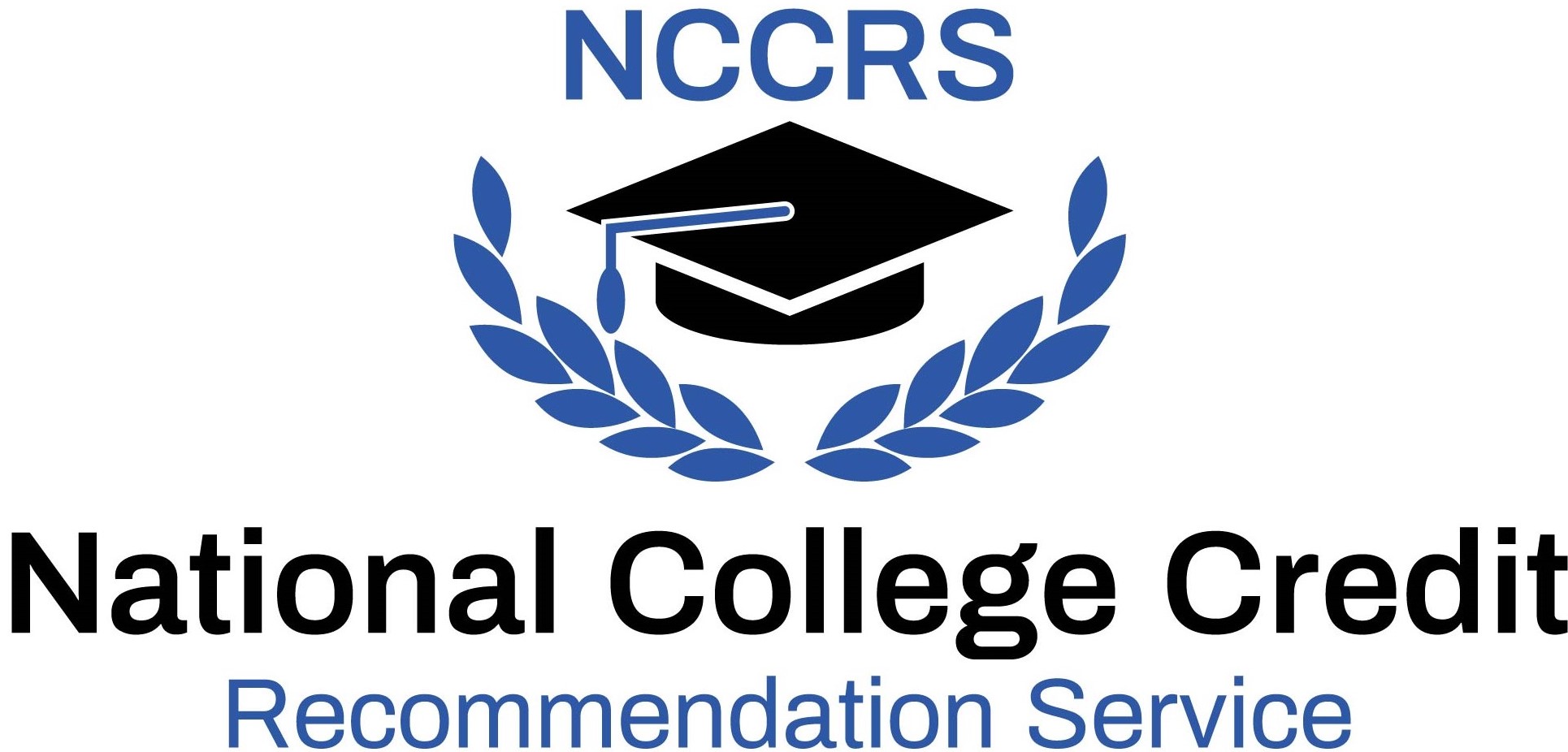Students will be able to: measure lines, angles, and geometric features; identify drawing views and details, assembly drawings, detailed drawings, and other drawings by type; identify revisions and apply engineering change information; identify and create line types; Identify and create sketches; complete title block and apply reference information; identify and complete a parts list/bill of materials; select and interpret scale and paper size; identify and operate design tools/instruments (CAD and/or manual); analyze reference charts and tables; use mathematical operations, geometry, and trigonometry; identify and read precision measurement tools; calculate unit conversion; draw lines and curved elements; construct perpendicular and parallel lines, tangent lines and arcs, and geometric shapes; bisect and divide geometric elements; outline assembly and exploded assembly drawings; identify abbreviations and symbols; discuss pictorial drawings, multiview drawings, multiview projections (third angle and first angle); differentiate between major surface types (normal, inclined, oblique, cylindrical); identify common part features (fillets, rounds, draft angles, chamfers); construct section views; identify ANSI material symbols; apply section rules; identify and construct auxiliary views; draw true view, true length lines, and true angles; locate and describe features; discuss various unit dimensioning systems; identify finished surfaces and tolerances; label common mechanical feature notations; place local and general notes, including fonts, lettering size, style, etc.; identify geometric dimensioning and tolerancing symbols; and identify measurements. Performance Component: Auxiliary Views (21%), Drawing Completion and Dimensioning (36%), Pattern Development (19%), and Section Drawing (24%).







